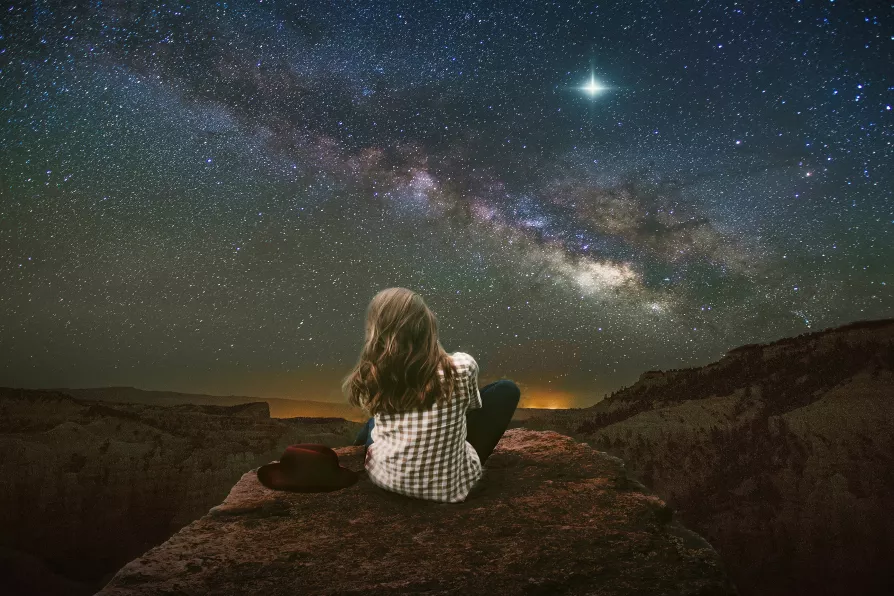Labour’s persistent failure to address its electorate’s salient concerns is behind the protest vote, asserts DIANE ABBOTT

 Often, the locations of falling meteorites are predicted by looking at the trajectories of a group of shooting stars
Often, the locations of falling meteorites are predicted by looking at the trajectories of a group of shooting stars
TONIGHT is one of the best nights of the year for shooting stars, as we go through the huge annual meteor shower called the Perseids.
Shooting stars are what we see as small objects travelling through space collide with the Earth’s atmosphere. The speed of their movement through the air causes so much friction that they burn up in a fireball. These meteors, some of which are no bigger than a grain of sand and travel 15 times faster than a high-powered rifle bullet, often burn up 60 miles up in the sky, well before they reach the Earth’s surface. However, some larger meteors fall all the way to Earth, leaving a meteorite — the space rock itself.
There are so many tiny fragments of rock from space colliding with Earth and its atmosphere that every year they increase the Earth’s mass by 20,000 tons, (although this is infinitesimal compared to the weight of the Earth which is twenty million billion times heavier than this). This perpetual rain of small objects from space isn’t so scary, but on rare occasions in Earth’s history, some rather larger objects have arrived: the “Chicxulub impactor” object often blamed for the extinction of many dinosaurs 66 million years ago is thought to have had a mass of at least one trillion tons.

200 years since the first dinosaur was described and 25 after its record-breaking predecessor, the BBC has brought back Walking with Dinosaurs. BEN CHACKO assesses what works and what doesn’t













